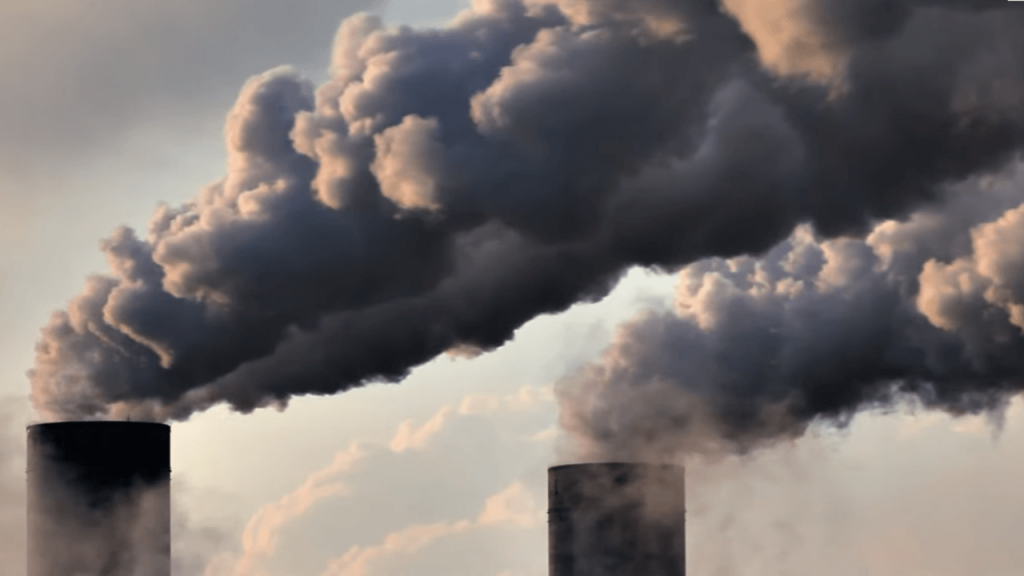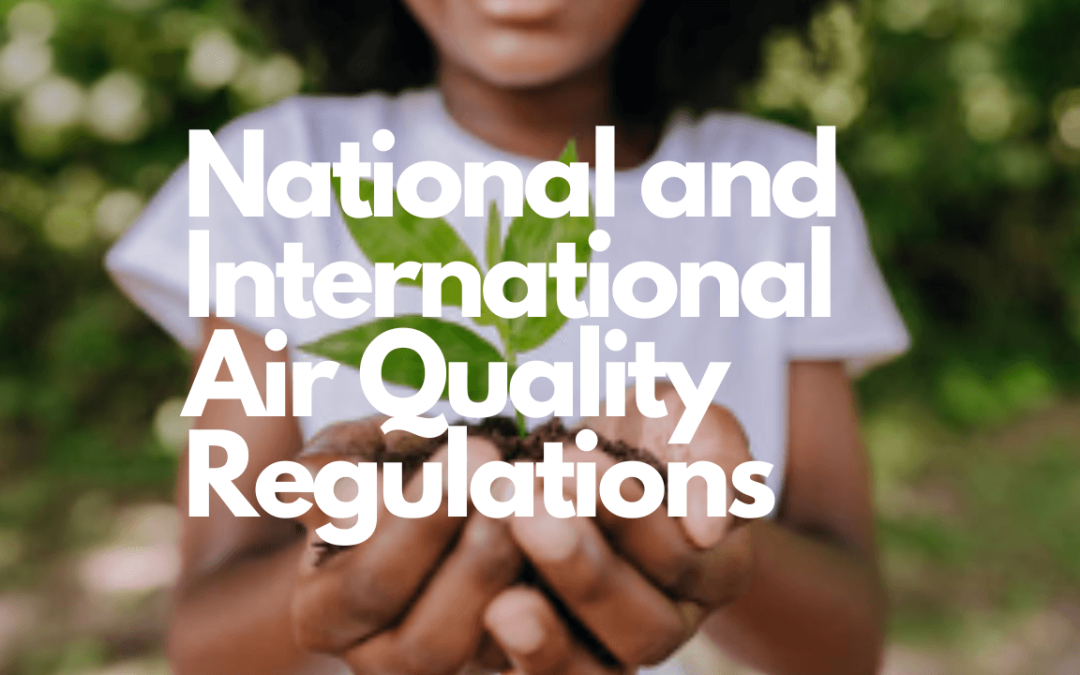Air quality significantly affects public health, ecosystems, and climate. Recognizing its importance, we understand its impact on humans and nature. Inferior air harms respiratory and cardiovascular health and ecosystems, also impacting climate, with lasting effects.
Governments and international entities establish air quality rules limiting pollutants to safeguard health and the planet. This blog explores these regulations, their goals, standards, and enforcement. It compares national and international rules, addressing challenges in enforcing global agreements. This post offers an understanding of air quality regulations’ importance on health and the environment. We’re dedicated to advocating for a cleaner, healthier future.
National Air Quality Regulations

Air quality oversight in the United States rests mainly with the Environmental Protection Agency (EPA), devoted to environmental protection. We recognize the EPA’s crucial role in ensuring clean air for people and nature. The Clean Air Act is pivotal to the EPA’s authority, granting them power over air pollution rules, aiming to safeguard health and the environment.
Central to the EPA’s work are the National Ambient Air Quality Standards (NAAQS), vital regulations for health and the environment. NAAQS limits six “criteria pollutants”: ozone, particulate matter, nitrogen dioxide, carbon monoxide, sulfur dioxide, and lead. The EPA stays updated with scientific research on air pollution, revising NAAQS regularly.
Beyond criteria pollutants, the EPA oversees other emissions like hazardous air pollutants (HAPs). They collaborate with states and localities, providing aid, including technical support and funds, to meet air quality standards.
In summary, EPA-monitored national air quality regulations are crucial for public health and environmental protection against air pollution. We endorse these regulations wholeheartedly, dedicated to fostering clean air for communities and nature.
International Air Quality Regulations
Global air pollution requires joint efforts among nations. We comprehend international air quality rules’ role in reducing emissions and enhancing air quality.
The United Nations (UN) and its agencies regulate international air quality. The UN Framework Convention on Climate Change (UNFCCC) includes the Paris Agreement, aiming to limit global warming to under 2 degrees Celsius, even targeting 1.5 degrees Celsius. This involves emission reduction commitments.
The Montreal Protocol is vital too, phasing out ozone-depleting substances like CFCs, and preserving the ozone layer and climate.
Other concerns include cross-border air pollution and international transportation emissions. The International Civil Aviation Organization (ICAO) and International Maritime Organization (IMO) manage aircraft and ship emissions. The European Union (EU) also regulates vehicle and industrial emissions.
Yet, enforcing these agreements faces challenges due to varied development levels and priorities. Collaboration is vital to address air quality issues effectively.
We value international teamwork and air quality rules to preserve a healthy planet. By uniting globally, we combat pollution for a sustainable world.
Comparison of National and International Air Quality Regulations
National and international air quality regulations share a goal: safeguarding health and the environment from air pollution. However, their enforcement and impact differ.
National regulations are controlled within countries’ borders, while international rules are essential for addressing global pollution challenges.
International regulations, like the Paris Agreement, aim higher at global pollution and emission reduction. Their effectiveness depends on compliance and resources.
Implementing global agreements faces challenges due to varying priorities and development levels. Mechanisms like the UNFCCC aid cooperation.
In summary, both regulation types protect against pollution. Cooperation is key for comprehensive solutions. Collaboration, coordination, and knowledge exchange are vital for a healthier planet.
Conclusion
Air pollution’s global impact on health and the environment is evident. Recognizing its gravity, we emphasize air quality regulations at national and international levels to mitigate its effects and promote a healthier environment.
In the United States, the Environmental Protection Agency (EPA) enforces air quality rules like the Clean Air Act and National Ambient Air Quality Standards (NAAQS). Collaborating with states, the EPA ensures compliance through guidance and support.
Internationally, the United Nations, Paris Agreement, and Montreal Protocol address air quality. Organizations like ICAO and IMO set transportation emission standards.
Distinct differences exist in national and international regulation impact, yet unity is essential. Collaboration, coordination, and resource-sharing are key to effective solutions.
In conclusion, air quality rules nationally and globally protect health and the environment. We stress their importance as we work towards a cleaner, healthier future. Prioritizing and enforcing these measures create a sustainable world for generations to follow.

